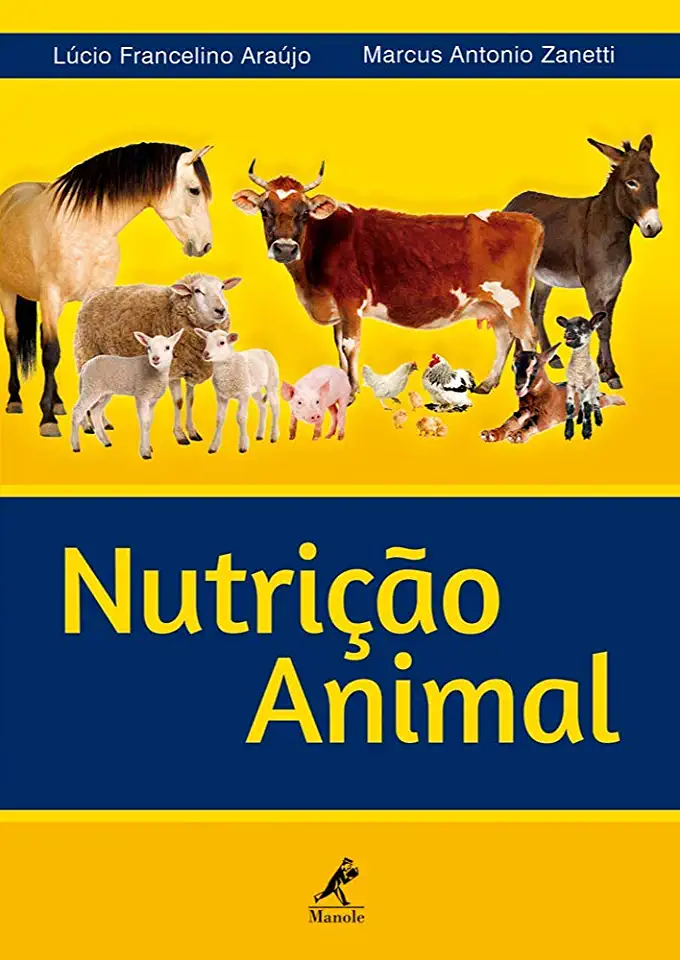
Sustainable Animal Production Systems - A. J. S. Ferrazza and L. F. M. Barreto
Sustainable Animal Production Systems: A Comprehensive Guide to Sustainable Livestock Farming
Introduction
In a world facing increasing challenges related to climate change, food security, and environmental degradation, sustainable animal production systems have emerged as a crucial approach to ensuring the long-term viability of livestock farming. This comprehensive book, authored by experts in the field, provides a comprehensive overview of sustainable animal production systems, encompassing various aspects from environmental sustainability to animal welfare and economic viability.
Key Features:
In-depth Analysis: Offers a thorough examination of sustainable animal production systems, delving into the intricate relationships between livestock farming, the environment, and socio-economic factors.
Practical Insights: Presents real-world case studies and examples of successful sustainable animal production systems, showcasing their effectiveness in different farming contexts.
Comprehensive Coverage: Covers a wide range of topics, including sustainable grazing management, nutrient cycling, manure management, and the integration of livestock with crop production systems.
Scientific Foundation: Backed by robust scientific research and evidence-based practices, ensuring the accuracy and reliability of the information provided.
Engaging Style: Written in an engaging and accessible manner, making it suitable for a diverse audience, including farmers, researchers, policymakers, and students.
Chapter Highlights:
Chapter 1: Setting the Stage
- Introduces the concept of sustainable animal production systems and its significance in addressing global challenges.
- Discusses the historical evolution of livestock farming and its impact on the environment and society.
Chapter 2: Environmental Sustainability
- Explores the environmental impacts of livestock farming, including greenhouse gas emissions, water pollution, and land degradation.
- Presents strategies for mitigating these impacts, such as improved feed management, manure management, and the adoption of renewable energy sources.
Chapter 3: Animal Welfare
- Addresses the importance of animal welfare in sustainable animal production systems.
- Discusses various welfare indicators and assessment methods, as well as practices to enhance animal well-being.
Chapter 4: Economic Viability
- Examines the economic aspects of sustainable animal production systems, including production costs, market dynamics, and the role of government policies.
- Provides insights into strategies for improving economic sustainability, such as efficient resource management and value-added product development.
Chapter 5: Social and Cultural Considerations
- Explores the social and cultural dimensions of sustainable animal production systems, including the role of local communities, traditional practices, and consumer preferences.
- Discusses the importance of stakeholder engagement and participatory approaches in promoting sustainable livestock farming.
Chapter 6: Case Studies and Success Stories
- Presents real-world examples of successful sustainable animal production systems from different regions and farming contexts.
- Highlights the key factors contributing to their success and the lessons learned from these experiences.
Conclusion:
"Sustainable Animal Production Systems" serves as an invaluable resource for anyone seeking to understand and implement sustainable practices in livestock farming. Its comprehensive coverage, practical insights, and scientific foundation make it an essential guide for farmers, researchers, policymakers, and students alike. By embracing sustainable animal production systems, we can ensure the long-term viability of livestock farming while safeguarding the environment and promoting animal welfare.
Enjoyed the summary? Discover all the details and take your reading to the next level — [click here to view the book on Amazon!]